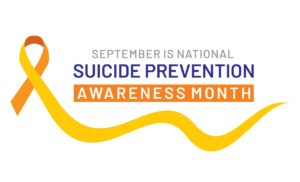The Transparency of Therapy

When I was a child, there was a columnist by the name of Dear Abby, featured in the Detroit News. I was amazed at the transparency of the article from the one seeking advice and the columnist. Some of the solicitators asked for advice on personal matters by providing personal details. People trusted Abby – not because they personally knew her, but because her advice was genuine, validating, and solution-focused. In the Dear Abby world, the therapeutic relationship allows the client to freely express themselves without fearing judgment, and the therapist is honest with the client without fearing isolation. It was in bearing the whole story they believed would yield better advice. If they left something out, how would Abby truly know how to respond?
Today, therapists and counselors have various specialties, training, and unique experiences that create valuable resources for clients. Sitting across from a stranger and being vulnerable takes courage. It is not easy to let your guard down and be transparent before your therapist. Will they judge me? Will they think I am making the wrong decisions? Am I a terrible person? Can I trust them? These are all questions that cross our minds. Change is difficult without factoring in the need to please our therapist. Although not easy, transparency is imperative for the development of the therapeutic alliance.
Here are a few steps the therapist and client can take in building a relationship that is authentic and beneficial to the growth and development of the client:
1. Allow your client to see you as a real person, that you don’t have an opinion about the way they live their life, that you are in the helping profession, and you are there to simply help them on their journey with what they want help with.
2. Be prepared and let your expertise shine in those moments when the client may feel stuck or not have anything to discuss.
3. As the client, bring your full self to the therapeutic experience and allow yourself to relax and begin to settle in.
4. Find a therapist that you feel comfortable with, and think about the type of person you are most likely to be transparent with. Is it a man, woman, a particular religion, or ethnicity?
Most importantly, this experience is all about the client, and all components and aspects should be done with the client in mind.



